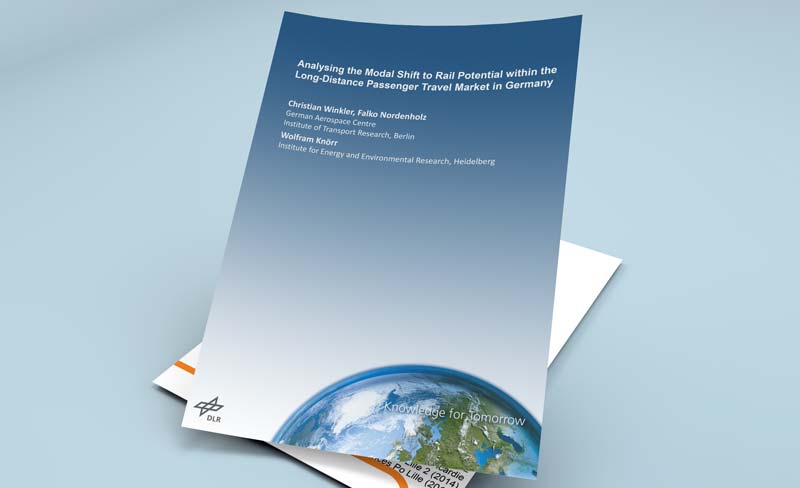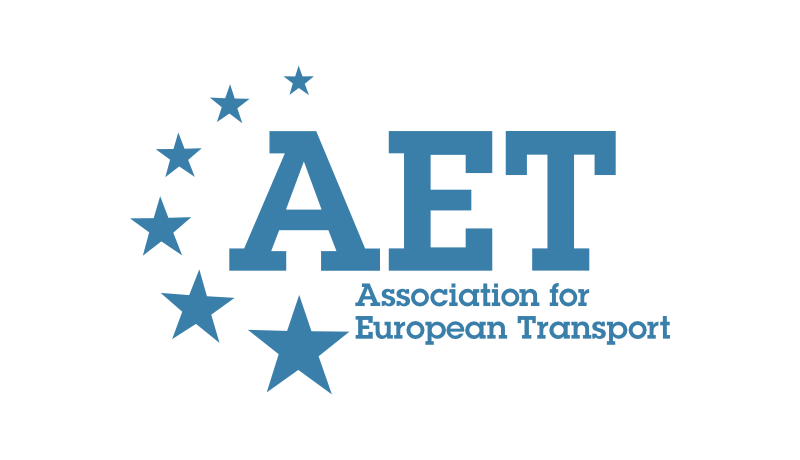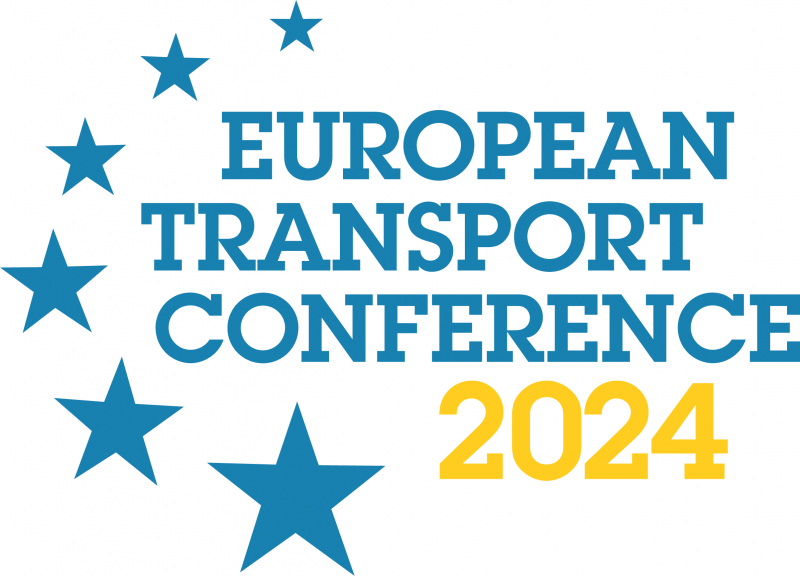-
Past ETC Papers

Browse, search and view papers from the past AET Conferences.
-
Members' Area

AET promotes networking and exchange of ideas, information and opportunities amongst members.
ETC Conference Papers
Conference Past Papers Repository
Data-Driven Road Safety: developing a systematic framework for proactive and comprehensive Road Safety Management
Seminar
Day 3 (11 Sep 2020), Session 8, Data Fusion/Integration, 13:00 - 15:00
Status
Accepted, documents submitted
Submitted by / Abstract owner
Alexander Dahl
Authors
Alexander Dahl
Inga Luchmann
Short abstract
The abstract deals with an approach which allows proactively identifying potential hazards and risks in order to prevent road accidents.
Abstract
The risk potential on German roads is still high. Although road safety records show a reduction in road deaths by 2010, the number of accidents and injuries has risen again since then. This is due, among other things, to increased traffic volume, new means of transport such as pedelecs and, more recently, small electric vehicles and distraction. Dangerous situations and spots are often misjudged or not recognized.
Early detection of danger spots and their mitigation would therefore be extremely important. In addition, hazard points are to be identified which are not yet listed as accident hotspots, but which have the potential to become such black spots.
This is where the FeGiS+ project comes in, proactively identifying potential hazards and risks in order to prevent road accidents. The aim is to identify black spots at an early stage and mitigate or eliminate them. The current project ‘Early detection of road hazards using smart data – FeGiS+’, running from 1st July 2019 to 30th June 2022, is being funded by the German Federal Ministry of Transport and Digital Infrastructure (BMVI).
The FeGiS+ project team, consisting of the Initiative for Safer Roads, the Institute of Highway Engineering at RWTH Aachen University, the Transport Studies & Traffic Psychology team of the German Police University, PTV Planung Transport Verkehr AG and DTV-Verkehrsconsult GmbH, will collect, digitise, enrich and prepare data on road hazards to make roads safer. Current data sources, such as road accident data provided by the police, will be used and blended with new data. On the one hand, this new data could be gathered by vehicles or smartphones of road users. On the other hand road users can also proactively support this project by reporting danger spots via the website www.gefahrenstellen.de or the corresponding mobile app. The combination of these three data sources and analysis of the data records help improving data quality and accuracy, which in turn allows for faster identification of new or currently emerging risks.
The results will be aggregated and visualised in a hazard rating system, which will be made available to all road users. Furthermore, the data collected throughout Germany will be processed uniformly and made digitally available, in compliance with data protection, in the cloud for various user groups such as municipalities, traffic planning offices, police, industry and scientific institutions.
The paper will describe the overall approach of the project and related European approaches will be presented. Furthermore, detailed information concerning the needs of the above-mentioned user groups of such a hazard rating system and its output will be discussed in the paper. The needs have been identified by group-specific surveys and interviews carried out in FeGiS+. Moreover, the paper will contain an analysis of the current situation on accident data recording in Germany. This analysis will give an insight into responsibilities, data flows and data protection regulations and resulting challenges for the FeGiS+ approach.
Finally, the paper will contain an outlook on further activities on data recording and analyses for enhancing road safety in Germany: At present, the Conference of the Interior Ministers in Germany is looking into the topic of "Accident data recording of the future". This topic includes several subthemes such as digitalisation of on-site recording of accident data, providing emergency services with information before they arrive at the scene and enhancing accident data quality. Some of these subthemes and the corresponding background will be discussed in the paper.
Programme committee
Global Trends Impacting Transport
Topic
The future of transport
Documents:

Association For
European Transport
Forester House
Doctors Lane
Henley-in-Arden
Warwickshire, UK
B95 5AW
+44 (0) 15 64 793552
VAT number: 710 1866 64
Conference Supporters & Endorsers




Legal Entity
The Association for European Transport is registered as an Association ('vereniging') with the Chamber of Commerce for Haaglanden in The Netherlands under company number 27170096.
Built on Zenario




